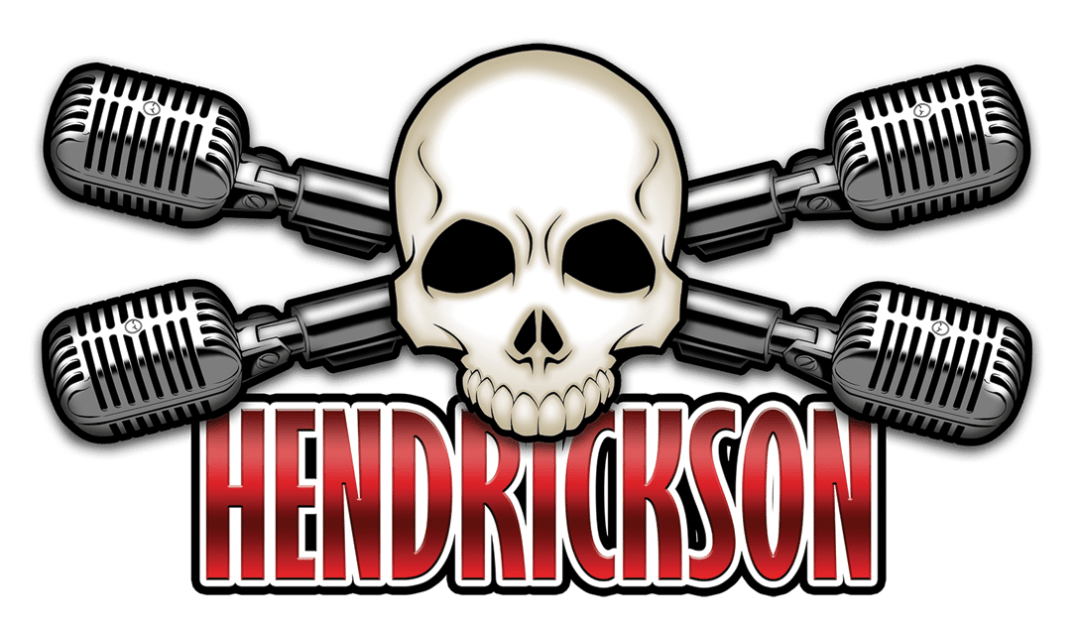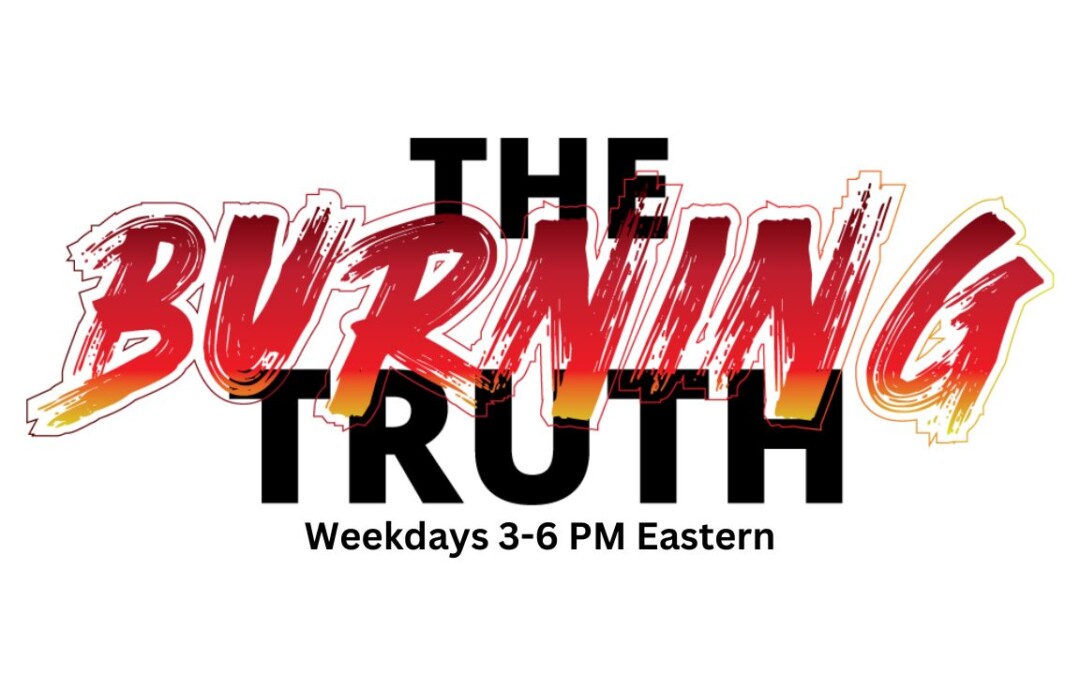
Why Your Middle Finger is Better Than Others: A Fascinating Insight into the Anatomy and Symbolism of Fingers
Outline:
- Introduction
- The significance of fingers in human life
- The middle finger’s unique role
- H1: The Anatomy of the Middle Finger
- H2: Bone Structure and Length
- H2: Muscle and Tendon Functionality
- H2: Why It’s the Strongest Finger
- H1: The Role of the Middle Finger in Everyday Activities
- H2: Gripping and Lifting
- H2: Typing and Writing
- H2: Playing Musical Instruments
- H1: The Middle Finger in Hand Gestures and Communication
- H2: The Iconic Hand Gesture
- H2: Cultural Significance Across the World
- H2: Why the Middle Finger Gesture is So Powerful
- H1: The Middle Finger in Sports and Physical Performance
- H2: Importance in Grip Strength
- H2: Middle Finger in Combat Sports
- H2: Its Role in Sports Like Basketball and Rock Climbing
- H1: Psychological and Social Impacts of the Middle Finger
- H2: Emotional Expression through Gestures
- H2: Middle Finger in Art and Media
- H1: Fun Facts about the Middle Finger
- H2: Longest Finger on the Hand
- H2: Historical Origins of the Gesture
- H1: Why Your Middle Finger is Truly Special
- H2: Symbolism in Literature and Culture
- H2: Practical Advantages Over Other Fingers
- Conclusion
- FAQs
- What makes the middle finger stronger than other fingers?
- Why does the middle finger play a significant role in gripping?
- How did the middle finger gesture originate?
- Is the middle finger gesture the same across cultures?
- Can someone function without their middle finger?
Why Your Middle Finger is Better Than Others: A Fascinating Insight into the Anatomy and Symbolism of Fingers
We use our hands for almost everything we do, from picking up our morning cup of coffee to typing on a computer. But have you ever stopped to think about how each finger plays its own role? Among all of them, the middle finger stands out in more ways than one. Whether it’s for practical purposes or symbolic gestures, the middle finger is undeniably special. In this article, we’ll dive into why your middle finger is better than others, both from a physical and a symbolic perspective.
The Anatomy of the Middle Finger
Bone Structure and Length
Your middle finger is the longest of all the fingers on your hand. It’s made up of three bones called phalanges, which are connected by two joints. The length of this finger gives it leverage, allowing it to apply more force than the shorter fingers. This structural advantage makes it essential for tasks that require strength and stability, like holding or lifting objects.
Muscle and Tendon Functionality
Like the rest of your fingers, the middle finger is controlled by a series of muscles and tendons that run along your arm and hand. However, it’s the balance between strength and flexibility that sets this finger apart. The muscles associated with the middle finger are capable of providing greater force because of its central position in the hand.
Why It’s the Strongest Finger
Thanks to its location, the middle finger benefits from the support of neighboring fingers. When you grip an object, your middle finger works in tandem with your thumb and index finger, forming a triad of strength. This trio is crucial for precision and power in actions like holding, lifting, or squeezing.
The Role of the Middle Finger in Everyday Activities
Gripping and Lifting
When you grab something heavy, your middle finger contributes most of the gripping power. Without it, your ability to hold objects would be significantly weakened. Ever try gripping something without your middle finger? You’d notice how much harder it is to maintain a firm hold.
Typing and Writing
Your middle finger plays a pivotal role in typing. It’s responsible for striking a variety of keys on the keyboard, making it one of the most active fingers during typing. Similarly, in handwriting, its length and central position help maintain balance and control.
Playing Musical Instruments
For musicians, especially guitarists, pianists, and violinists, the middle finger is indispensable. It helps form chords, press keys, and navigate complex melodies. Its strength and dexterity allow for seamless movements that other fingers might struggle to execute as smoothly.
The Middle Finger in Hand Gestures and Communication
The Iconic Hand Gesture
We all know the infamous middle finger gesture, but why is this finger chosen over others? Its height and position make it the perfect candidate for creating a clear, emphatic gesture. When raised alone, it stands tall and unmissable, sending a message that’s as clear as day.
Cultural Significance Across the World
Though the middle finger gesture is widely recognized as offensive in many Western cultures, not all cultures use this particular sign. In some parts of the world, different hand gestures carry similar meanings. However, the middle finger has remained a powerful symbol of defiance and rebellion throughout history, spanning across cultures and eras.
Why the Middle Finger Gesture is So Powerful
Part of the gesture’s power comes from its bold simplicity. The middle finger’s central location and height when extended amplify its visibility, making it an easy and effective way to convey strong emotion, whether it’s anger, frustration, or rebellion.
The Middle Finger in Sports and Physical Performance
Importance in Grip Strength
Athletes rely heavily on their middle fingers for grip strength. Whether you’re playing tennis, lifting weights, or swinging a baseball bat, the middle finger provides essential support. It’s often used in tandem with the thumb and index finger to maximize control and power.
Middle Finger in Combat Sports
In combat sports like martial arts or boxing, the middle finger helps form a solid fist. Its placement at the center of the hand ensures that the punch has balance and force, as it’s one of the key contributors to the overall structure of the fist.
Its Role in Sports Like Basketball and Rock Climbing
For basketball players, the middle finger is crucial for ball control, especially when shooting or passing. Rock climbers also rely heavily on this finger for gripping onto small holds and balancing their body weight while scaling difficult terrains.
Psychological and Social Impacts of the Middle Finger
Emotional Expression through Gestures
Hand gestures are an essential part of non-verbal communication, and the middle finger plays a unique role in this realm. It can express a range of emotions, from frustration and anger to defiance. This finger has, in many ways, become synonymous with strong, emotional responses.
Middle Finger in Art and Media
Throughout history, the middle finger has appeared in countless works of art, films, and even literature. From political cartoons to movie scenes, the gesture is often used to make a bold statement. It’s a universal symbol of rebellion and non-conformity that artists have employed to reflect societal moods.
Fun Facts about the Middle Finger
Longest Finger on the Hand
Your middle finger is not only the longest but also one of the most flexible. Its length gives it an advantage in tasks that require reaching or stability, making it an indispensable part of your hand’s toolkit.
Historical Origins of the Gesture
The middle finger gesture dates back thousands of years, with evidence of its use in ancient Roman and Greek cultures. It has always carried a certain level of taboo, often being used as an insult or symbol of defiance against authority figures.
Why Your Middle Finger is Truly Special
Symbolism in Literature and Culture
In literature and pop culture, the middle finger often symbolizes rebellion or independence. It’s a finger that speaks for those who refuse to follow the rules or conform to societal expectations. Whether in music, movies, or novels, the middle finger remains a potent symbol of freedom and individuality.
Practical Advantages Over Other Fingers
From an anatomical perspective, the middle finger’s strength, length, and versatility give it practical advantages over other fingers. Whether you’re gripping, lifting, or typing, the middle finger’s role is unmatched. Its central position ensures that it’s always a key player in hand-related tasks.
Conclusion
From its anatomical strengths to its symbolic power, the middle finger is undeniably the most versatile and important finger on your hand. It’s not just a tool for gripping or typing; it’s a means of emotional expression and a symbol of defiance. Whether in sports, everyday activities, or cultural gestures, your middle finger stands out as a strong, essential part of who you are.
FAQs
What makes the middle finger stronger than other fingers?
The middle finger’s length and central position in the hand give it leverage and strength, allowing it to apply more force during activities like gripping or lifting.
Why does the middle finger play a significant role in gripping?
The middle finger works closely with the thumb and index finger to form a strong grip. Its length and positioning make it a key player in maintaining control over objects.
How did the middle finger gesture originate?
The middle finger gesture dates back to ancient Roman and Greek cultures, where it was used as an insult. Over time, it became a universal symbol of defiance.
Is the middle finger gesture the same across cultures?
No, while the middle finger gesture is offensive in many Western cultures, other cultures may use different gestures to convey similar emotions.
Can someone function without their middle finger?
While it’s possible to function without a middle finger, it would significantly affect one’s ability to perform tasks requiring strength, precision, or balance, like gripping, typing, and holding objects. The other fingers would need to compensate, which could lead to decreased efficiency or increased strain on the hand.
FAQs (continued)
Can someone function without their middle finger?
Yes, it’s possible to function without a middle finger, but many tasks would become more challenging. Since the middle finger contributes to grip strength and balance in everyday activities, its absence would require adjustment and the reliance on the other fingers for compensation.
Why is the middle finger commonly used for gestures of defiance?
The middle finger is often used for defiance because of its central and prominent position on the hand. It’s easily seen when extended alone, making it an effective gesture for communicating frustration or rebellion, especially in a non-verbal, visual way.
How does the middle finger impact musical performance?
Musicians rely heavily on the middle finger for flexibility, strength, and reach. For instance, guitarists use it to form chords and transitions, while pianists utilize its range for playing multiple keys. The finger’s dexterity and positioning help ensure fluid, coordinated movements across instruments.
What are some common injuries involving the middle finger?
The middle finger is often prone to strain, sprains, or tendon injuries due to its central role in gripping and lifting. Athletes or individuals working with tools might experience overuse injuries like trigger finger or tendonitis. Proper care, stretching, and rest can help prevent these issues.
Why is the middle finger longer than the other fingers?
The middle finger’s length is tied to its evolutionary advantage in providing leverage for gripping and lifting. The extended length enhances balance and allows for greater strength when applying force to objects. It’s nature’s way of making sure the hand functions optimally.
The middle finger, often overlooked in day-to-day life, holds much more importance than we might think. From its anatomy and functionality to its symbolic role in culture, the middle finger proves to be a versatile and essential part of the hand. Whether helping us carry out practical tasks or allowing us to express complex emotions, the middle finger stands tall — literally and metaphorically — as the strongest, most significant finger.
Written by Bot




